The Laboratory of "Dusty Plasma and Plasma Technologies "
The Laboratory of Dusty Plasma and Plasma Technologies is engaged in the study of physical processes in non-equilibrium plasma and its applications. The work is carried out in the following areas:
- investigation of various properties of dusty plasma structures and plasma crystals in various gas discharge installations; diagnostics of plasma parameters and dust formations by various contact and optical methods, development of new and alternative diagnostic methods;
- study of physical processes occurring in a pulse-plasma accelerator, the interaction of pulsed plasma beams with the surface of candidate materials of thermonuclear installations, the effect of a magnetic field on the parameters of a plasma beam;
- synthesis of new functional materials and nanoparticles of carbon, silicon and various metals in a plasma environment at installations of high-frequency, glow and atmospheric discharges.
- study of the properties of dusty plasma in installations simulating microgravity conditions
- research and practical applications of cold atmospheric pressure plasma for the synthesis of new materials by the method of additive printing, modification and cleaning of the surface of materials, the use of atmospheric plasma for agriculture and water;
In the laboratory, there are installations based on a glow discharge (including those with an external magnetic field), installations for an RF discharge, a magnetron discharge, a pulsed plasma accelerator, a cold plasma jet of atmospheric pressure, a volume and surface barrier discharge. 1 associate professor, candidate of physical and mathematical sciences, 2 postdoctoral students, 1 PhD, 6 doctoral students, 3 undergraduates, 3 undergraduate students are actively engaged in scientific activities.
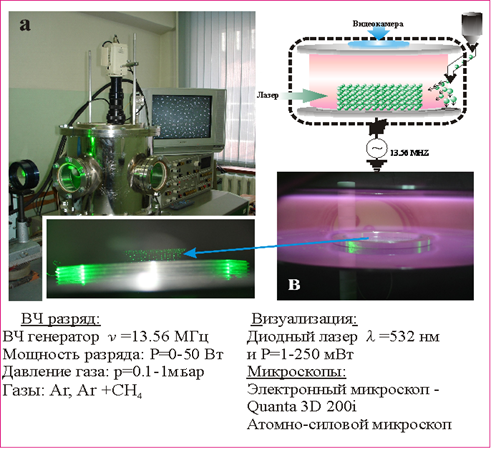 |
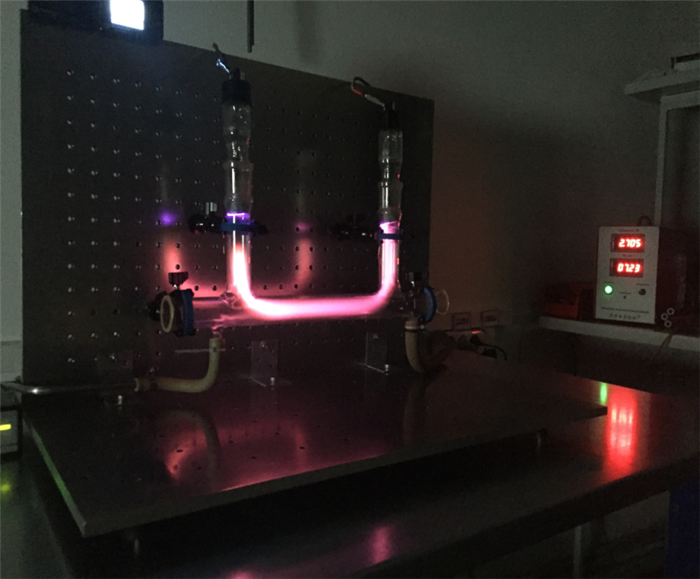 |
|
А) Installation for the study of a plasma - dust crystal |
B) Glow discharge plasma which is a ground-based analogue of the Plasma Kristall-4 installation, which is located on the ISS bot (International Space Station) |
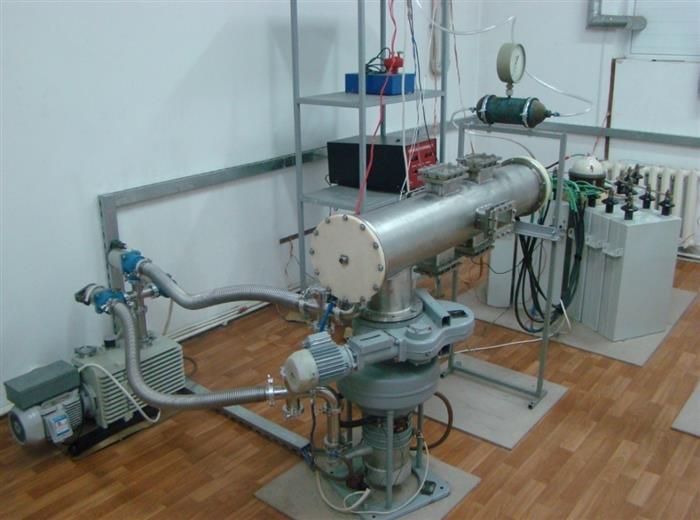 |
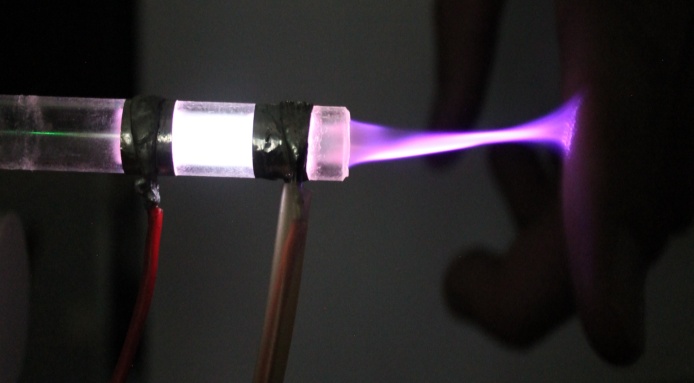 |
| C) Plasma accelerator which is a model stand for studying near-wall processes in thermonuclear power plants | D) Cold plasma jet at atmospheric pressure and its contact with human skin |
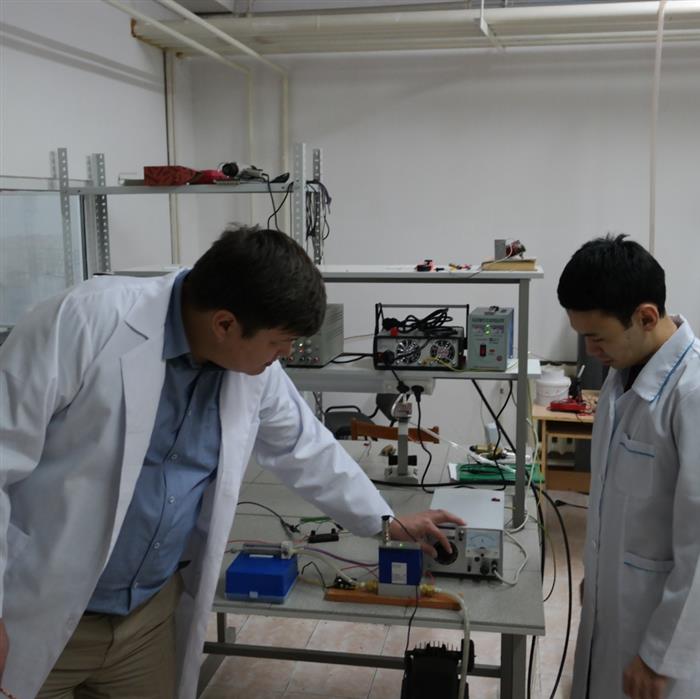 |
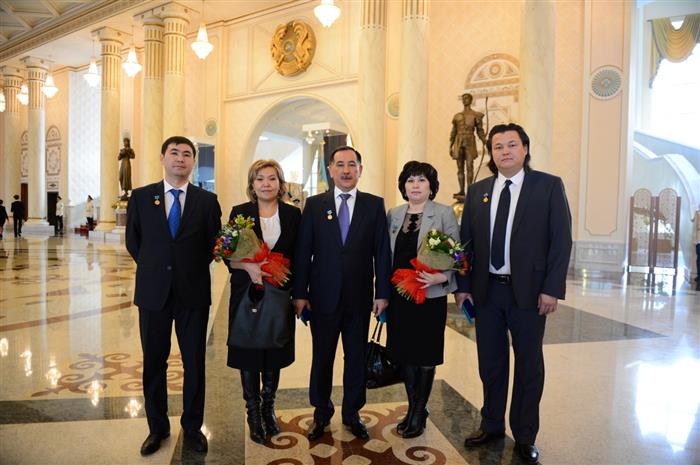 |
| Associate Professor Dosbolaev M.K. and post-doc Ussenov Ye. A. during the experiment | The moment when the heads of the laboratory were awarded the State Prize in Science and Technology named after Al-Farabi. |








